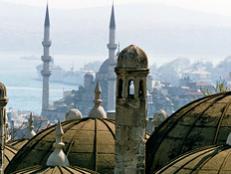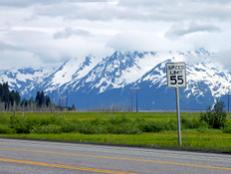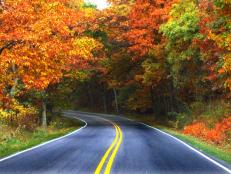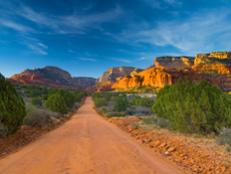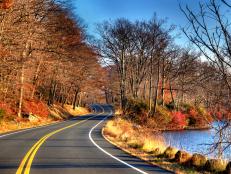Sri Lanka Road Trip
Take a road trip to explore the wonders of Sri Lanka, including Tsunami Honganji Vihara, sea turtles, Yala National Park, elephants and Royal Rock Temple.

By:
Robin Bennefield
Related To:
lessRelated To:
View The Gallery
1 / 12
The Tsunami Honganji Vihara, a massive Buddha and gift from Japan, stands in the southeastern town of Peraliya as a memorial to the 1,500 victims of the 2004 tsunami here, one of the deadliest natural disasters that the island has ever faced. All told, some 30,000 people perished in Sri Lanka as a result of the tsunami.
Elephants are abundant in Sri Lanka, and you can ride one bareback or in a seat around Sigiriya and Habarana. In Habarana, elephants walk around a man-made lake as mahouts, or elephant trainers, call out simple instructions and reward their charges with coconut leaves.
Sigiriya rock is a must-see for any visitor to Sri Lanka. Declared a World Heritage site, the 656-foot volcanic formation features the remnants of an ancient royal city, complete with palace, pools and gardens, at its apex.
A silk loom in a Kandy silk shop showcases Sri Lankan silk work. Kandy considers itself the seat of Sri Lankan culture and is home to a number of artisans and craftspeople, making it a great place to purchase silk, woodcarving, batiks and jewelry.
The Royal Rock Temple in Dambulla is a visual feast for the eyes with its 150 elaborately painted stone Buddha statues, including a reclining Buddha 47 feet long. The series of 5 caves, declared a World Heritage site, date back to the first century B.C. and were the creation of an ancient king.
Galle Fort in southern Sri Lanka is a reminder of the country's occupation by the Portuguese, Dutch and British, who all had a hand in expanding this entryway to Sri Lankan commercial trade. The fort remains a small city unto itself with churches, mosques, temples, homes and shops.
Kandy was the capital of the last Sinhalese kingdom before British occupation, and maintains many of Sri Lanka's old traditions. A stop at Arthur's Seat, a hill alongside Kandy Lake, offers the best views of the city, below.
Yala National Park, once a reserve for British hunters, is now one of the best places to go on a safari in Sri Lanka. The park is home to herds of water buffalo, as well as 35 leopards (the largest number in the world), 300 elephants and 150 species of birds.
Lush green hills of tea plants are the calling card of Nuwara Eliya, the capital of Sri Lanka's tea production. Sri Lanka was known as Ceylon under British rule, which explains why the country's biggest export is still Ceylon tea.
The Tissamaharama Dagoba, a temple in southern Sri Lanka, was built by an ancient king, and may have held the canine tooth and forehead bone of Lord Buddha. Today, worshippers walk a complete circle around the dagoba offering blessings.
School girls in white uniforms and colored neckties are a common sight on the streets of Sri Lanka around 1:30 p.m. when school's out. These girls are in Kurunegala, a city surrounded by coconut and rubber tree plantations. It's also the site of a giant Buddha statue sitting atop Elephant Rock.
Much of the southern coast between Bentota and Kosgoda is protected for sea turtles, threatened by a culture that once ate its eggs and sold its shells. The Turtle Research Project in Bentota serves as a hatchery and educational eco-tourist stop.

